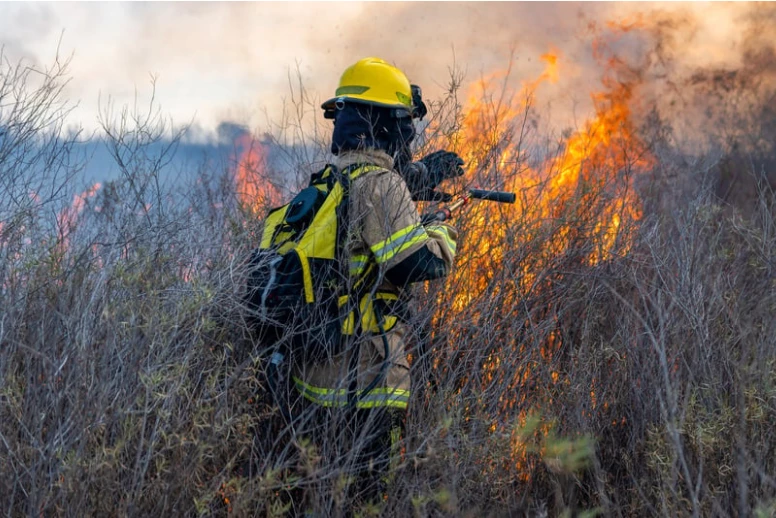Top Five Most Awesome Robots
Add bookmarkThey were a menace to mankind in the sci-fi movies of the mid 20th Century.
But now robots come in all shapes and sizes and they’re generally seen as a positive force – charged with the task of making life easier for their human colleagues.
In the last decade, robots have often been employed in the battlefields of Iraq and Afghanistan, usually to seek out hidden bombs.
DARPA and research agencies across the world are marching on with the development of machines that can carry, lift, survey, film, follow and even fire. Here is IDGA.org’s roundup of five of the coolest robots, with a video showing each one in action.
1) ATLAS!
He’s 6ft 2in, weighs in at 330 pounds and packs a mighty punch and is one of DARPA’s most advanced humanoid robots ever built.
His arms stretch wider than a car and he can walk up stairs, stay upright after getting hit with heavy objects and maneuver around obstacles in his path.
Atlas has been developed by Boston Dynamics and will be competing in DARPA’s Robotics Challenge in Miami in December 2013.
But it’s not all fun and games for ATLAS and there is a serious side to DARPA’s robotics program.
The Challenge aims to advance the technology necessary to create robots capable of assisting first responders in times of disaster.
2) BigDog
BigDog handles heavy objects. The idea is to use the strength of the legs and torso to help power motions of the arm.
This sort of dynamic, whole-body approach to manipulation is used routinely by human athletes and is being used to enhance the performance of advanced robots.
Boston Dynamics is developing the control and actuation techniques needed for dynamic manipulation. In this video BigDog is seen throwing cinderblocks that weigh about 35 lbs. The best throw is a bit more than 17 ft. The research is funded by the Army Research Laboratory's RCTA program.
3) Throwables
It’s only 4.3 inches long and 9 inches wide, but when the going gets tough the rugged little throwable robot named 110 FirstLook really does get going.
It was built by iRobot to provide rapid situational awareness and to investigate confined spaces. After it has beentossed into a building or over a wall, it moves via a wireless operator control unit, sending back video of the scene to the control unit’s five-inch LCD screen.
Originally it was developed for soldiers in Iraq and Afghanistan, but the robot has proved particularly popular with police departments.
The 110 FirstLook, which weighs just over 5 pounds — is built to withstand drops of up to 16 feet and can work in water up to three feet.
Withy a price tag of just under $20,000, it won’t be found in too many Christmas stockings, but iRobot has apparently sold more than 500 during in the past year, with about a fifth of those going to the police.
4) T-52 Rescue Dragon
Officially known as the T-52 Enryu, (Enryu means "rescue dragon") it stands 11ft tall and has its controls inside its belly.
But this Japanese monster is a force for good, helping the rescue efforts after natural disasters such as earthquakes and avalanches.
Unveiled in 2004, the Transformer-like robot has a bulldozer-style base and weighs six tons.
Each arm can lift 1,100 pounds and its crab-like claws can grasp and hoist heavy objects including steel girders, slabs of cement and cars.
5) LS3 (The Following Robot)
The Legged Squad Support System (LS3) is a rough-terrain robot developed by Boston Dynamics with funding from DARPA and the US Marine Corps.
It is designed to carry 400lbs of payload and travel 20 miles without refueling.
LS3 automatically follows its leader using computer vision, so it does not need a dedicated driver. It also travels to designated locations using terrain sensing andGPS. LS3 began a 2-year field testing phase in 2012. LS3 is funded by DARPA and the U.S. Marine Corps.
Boston Dynamics has assembled an extraordinary team to develop the LS3, including engineers and scientists from Boston Dynamics, Carnegie Mellon, the Jet Propulsion Laboratory, Bell Helicopter, AAI Corporation and Woodward HRT.









